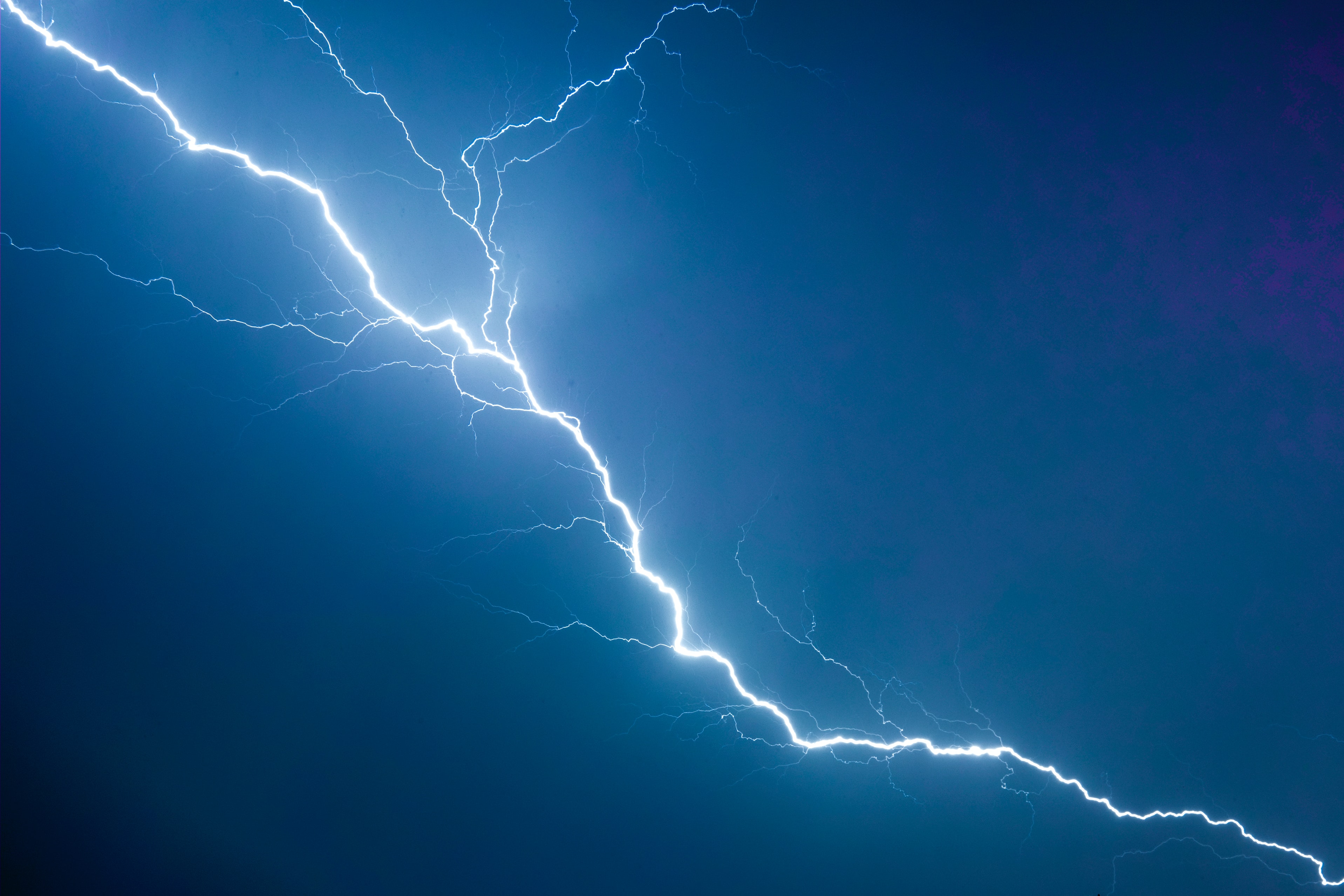
Lightning is a giant spark of electricity in the atmosphere between clouds or between a cloud and the ground. Lightning strikes are particularly a risk for those who work outdoors. The following are lightning safety recommendations from the Occupational Safety and Health Administration (OSHA) and the National Oceanic and Atmospheric Administration (NOAA).
Every year, cloud-to-ground lightning occurs 20 to 25 million times and over 300 people are struck by lightning in the US. Over the last 30 years, about 50 people per year have been killed by lightning strikes, and many more are injured. Employers and workers should take lightning safety training seriously. The following occupations have a higher risk for lightning exposure:
- Logging
- Explosives handling or storage
- Heavy equipment operation
- Roofing
- Construction (e.g., scaffolding)
- Building maintenance
- Power utility field repair
- Steel erection/telecommunications
- Farming and field labor
- Plumbing and pipe fitting
- Lawn services/landscaping
- Airport ground personnel operations
- Pool and beach lifeguarding
Because lightning is so unpredictable, it is important to act quickly during the first signs of a thunderstorm. Many people fall victim to lightning strikes due to not acting quickly enough or going back outdoors too soon. The following tips can reduce lightning hazards when working outdoors:
- When you hear thunder, go indoors
- Check NOAA weather reports
- Seek shelter in buildings, if one is not near, use a vehicle. Remain in the building or vehicle for at least 30 minutes after the last time you heard thunder.
- Avoid using corded phones
- Avoid tall objects, open areas, water, metal, and anything that can conduct electricity
For more information on lightning safety, visit NOAA’s lightning safety website: www.lightningsafety.noaa.gov or the WRN program at noaa.gov/wrn.
Source: OSHA.gov

